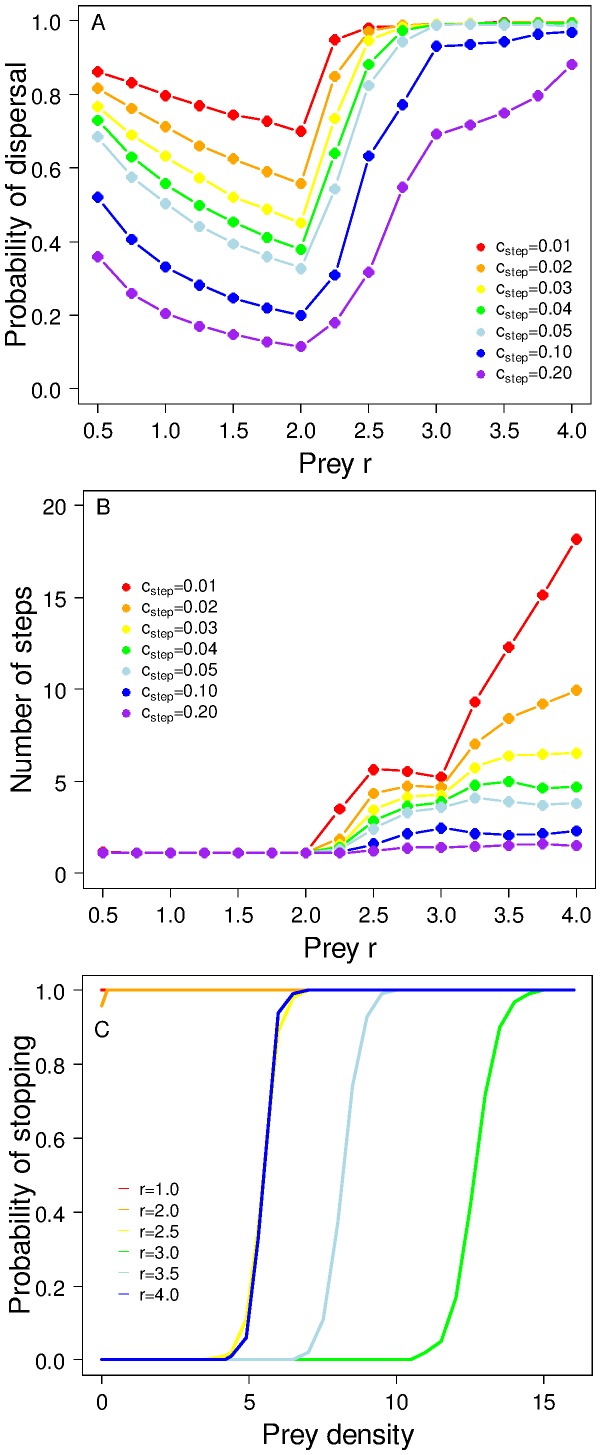Figure 2. Evolution of a more complex predator dispersal strategy.
A qualitatively similar response of dispersal to varying prey r is observed when predators can take multiple steps and evolve a stopping rule dependent on prey density. (A) Dispersal probability at seven levels of predator per-step dispersal mortality cstep. (B) The mean number of steps taken by predators across the same range of r and cstep as in (A). The number of steps taken by predators is a function of the rules that they have evolved, together with the spatio-temporal characteristics of the environment. (C) The mean stopping rules that evolve for a range of prey r at a moderate per-step mortality (cstep = 0.02). The ‘slope’ gene determines the ‘steepness’ of the stopping threshold (the rate of change of probability with increasing prey density), and the ‘slope’ and ‘intercept’ genes together control the position of the stopping threshold in relation to prey density.

